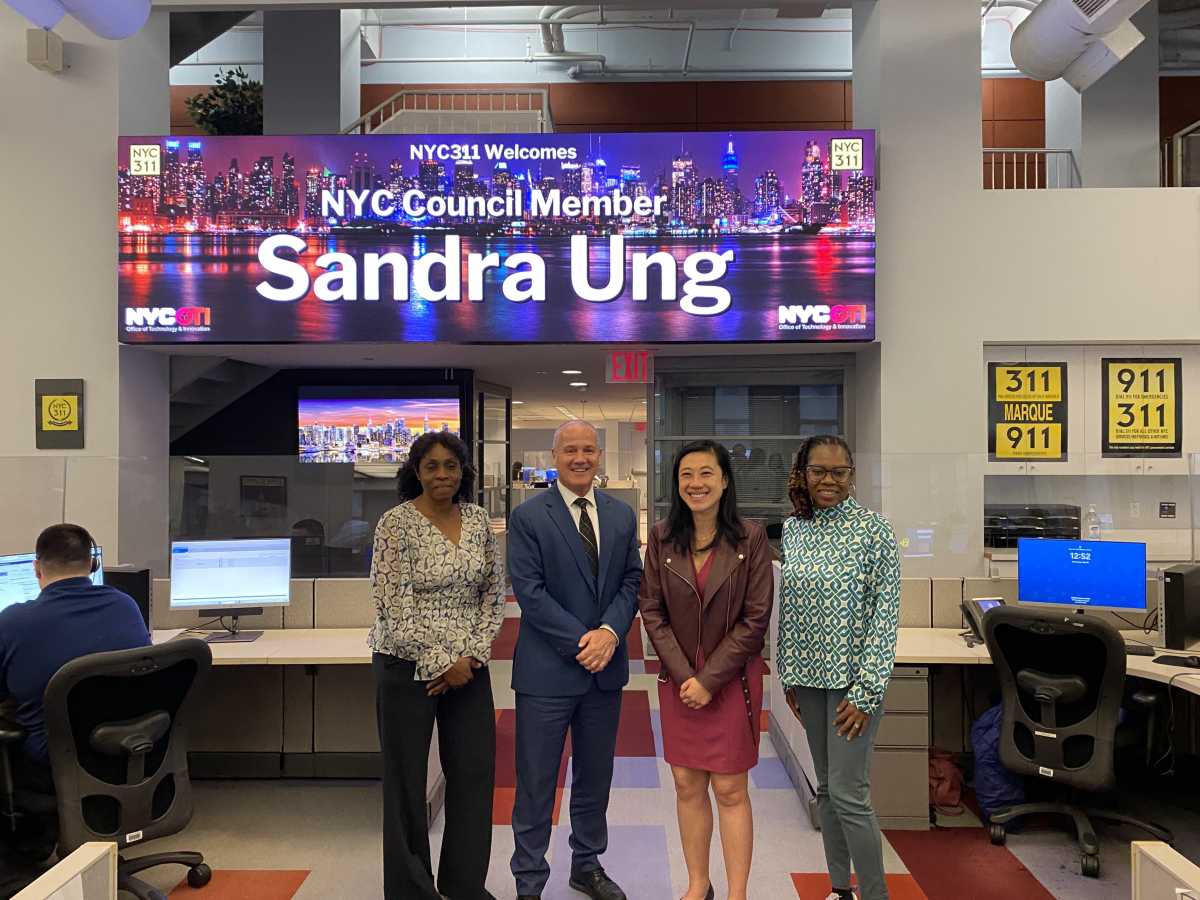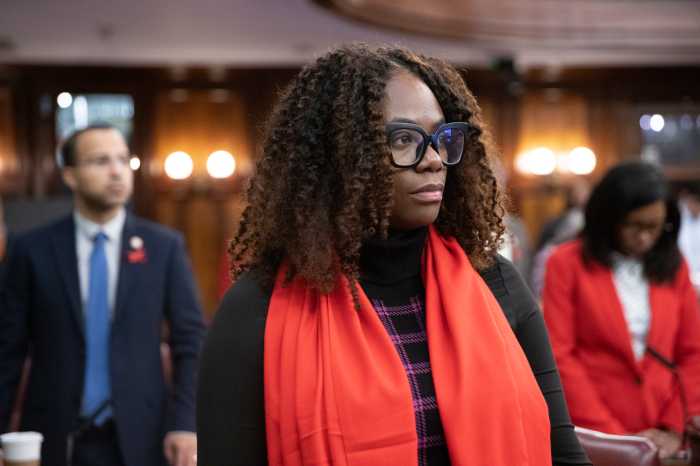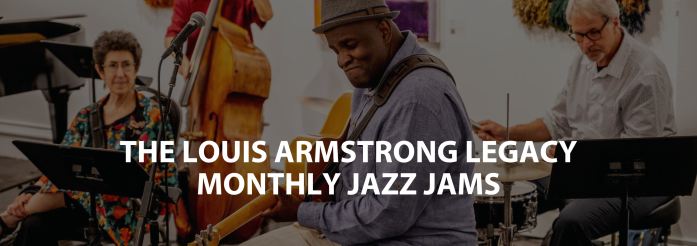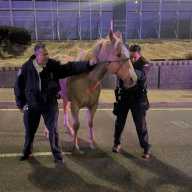Council Member Sandra Ung toured the NYC311 call center last week to observe its operations and discuss ongoing challenges and service improvements with Deputy Commissioner Joseph Morrisroe.
The visit provided Ung with a detailed overview of the city’s non-emergency information hub, which has handled an average of 38 million annual service inquiries since its launch in 2003. According to NYC311, that figure includes approximately 17 million calls, 18 million online requests, and over 2.3 million mobile app interactions each year.
“I want to thank Deputy Commissioner Morrisroe and his incredible team for taking the time to walk me through the operations of NYC311,” Ung said. “It was impressive to see firsthand the scale and dedication involved in responding to tens of millions of inquiries every year.”
NYC311, which has call center locations in Lower Manhattan and Brooklyn, connects residents to over 7,000 city services, from reporting potholes to obtaining property tax information. But Ung emphasized that access remains uneven, particularly for immigrant communities.
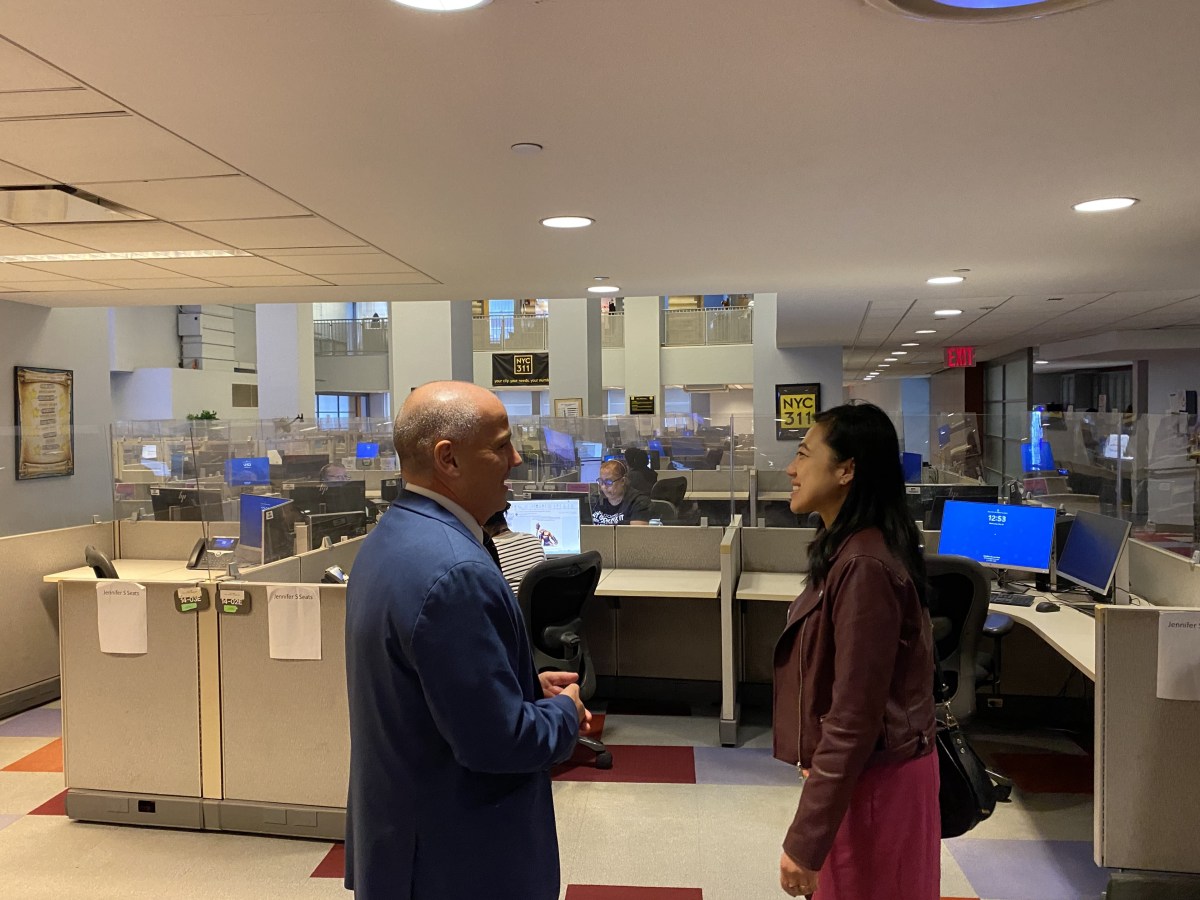
“In my district, more than 70% of residents are Asian, and many struggle with English,” she said. “We hear from constituents every day about quality-of-life issues—like illegal dumping or sanitation concerns—that could and should be reported to 311. But they don’t call, often because the initial interaction is in English, and they get frustrated and hang up.”
Ung, who represents Flushing, said this communication barrier may be one reason her district has among the lowest 311 call volumes in the city. She warned that underreporting can lead to underrepresentation in city service allocation.
“When service requests don’t get logged, it’s like they never happened,” she said. “Agencies rely on 311 data to allocate resources. If communities with large immigrant populations aren’t accessing the system because of language barriers, they’re essentially being left out of the conversation.”
NYC311 currently provides translation services in over 175 languages, with English and Spanish-speaking operators as the default. Ung has previously sponsored legislation to standardize language identification protocols and to require public reporting on wait times for callers requesting translation.
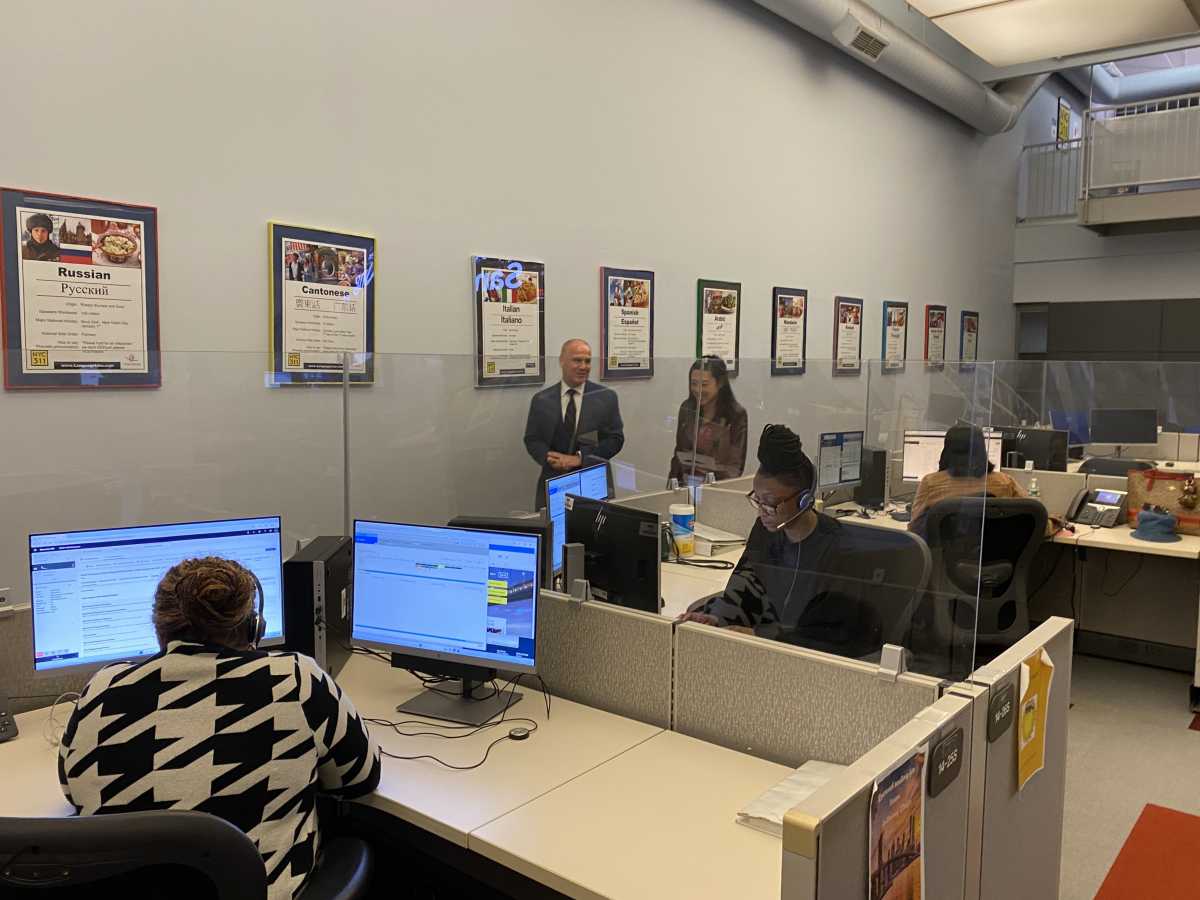
Text messaging options have improved multilingual access. Residents can now text 311 at 311-692 and receive help in their preferred language through translation services.
In 2024, an average of 368 residents per day used the Mandarin or Cantonese language prompts in the system, totaling approximately 135,000 interactions. So far in 2025, usage has risen 20% to an average of 440 daily calls. Wait times for reaching these prompts are 32 seconds for Mandarin and 36 seconds for Cantonese.
During the tour, Ung also proposed a system change to improve transparency. Currently, if a service request is referred to another agency, the system marks it as “closed,” which she said can confuse residents if no resolution has occurred.
“I recommended that NYC311 create a new classification that shows when a service request is transferred, rather than simply marking it ‘closed,’” she said. “That way, the person who filed the request can track it and understand where it’s going.”
Ung said the visit gave her a clearer understanding of how to advocate for improved language access and accountability within city services.
“NYC311 is a lifeline for many New Yorkers,” she said. “Understanding how this system operates gives me deeper insight into how I can better serve my constituents, especially those who face language and technology barriers.”

